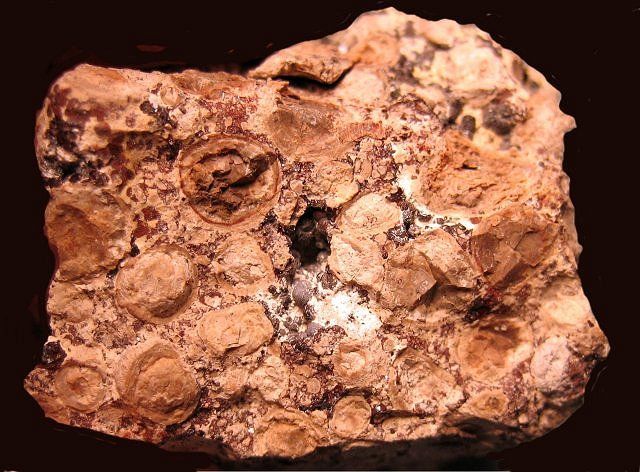


FOB Price
Get Latest Price|
- Minimum Order
Country:
UK
Model No:
-
FOB Price:
Place of Origin:
-
Price for Minimum Order:
-
Minimum Order Quantity:
-
Packaging Detail:
-
Delivery Time:
-
Supplying Ability:
-
Payment Type:
T/T, L/C, D/A, D/P, Western Union, Money Gram, PayPal, Other
Product Group :
Contact Person Mr. Jas Singh
Berkeley Square House, Berkeley Square House, Berkeley Square, Mayfair, London
Description
Bauxite is a soft, whitish to reddish-brown rock consisting mainly of hydrous aluminium oxides and aluminium hydroxides along with silica, silt, iron hydroxides, and clay minerals. Bauxite is a major source of aluminium.
Basic alumina containing minerals of bauxites are:
Gibbsite Al(OH)3
Boehmite g-AlO(OH)
Diaspore a-AlO(OH)
The processing of these bauxites is done at a number of alumina refineries in the world. Bauxite is usually strip mined because it is almost always found near the surface of the terrain, with little or no overburden. About *5% of bauxite mined worldwide is used to produce alumina for refining into Aluminium metal and *5% of bauxite goes into refractory, chemical, cement, abrasives and other applications.
Chemical Structure & Production
Usually, bauxite ore is heated in a pressure vessel along with a sodium hydroxide solution at a temperature of **0 to **0 °C. At these temperatures, the aluminium is dissolved as an aluminate (the Bayer process). After separation of ferruginous residue (red mud) by filtering, pure gibbsite is precipitated when the liquid is cooled, and then seeded with fine-grained aluminium hydroxide. The gibbsite is usually converted into aluminium oxide, Al2O3, by heating. This mineral becomes molten at a temperature of about ***0 °C, when the mineral cryolite is added as a flux. Next, this molten substance can yield metallic aluminium by passing an electric current through it in the process of electrolysis.
Prior to the Hall–Héroult process, heating ore along with elemental sodium or potassium in a vacuum made elemental aluminium. The method was complicated and consumed materials that were themselves expensive at that time. This made early elemental aluminium more expensive than gold.
Uses
1. Blast Furnaces
2. Iron/Steel Ladles
3. Torpedo Cars
4. Electric Arc furnaces
5. Tundishes
6. Soaking Pits
7. Reheat/Soaking Pits
8. Open Hearth
9. Cement
*0. Aluminium
| Country: | UK |
| Model No: | - |
| FOB Price: | Get Latest Price |
| Place of Origin: | - |
| Price for Minimum Order: | - |
| Minimum Order Quantity: | - |
| Packaging Detail: | - |
| Delivery Time: | - |
| Supplying Ability: | - |
| Payment Type: | T/T, L/C, D/A, D/P, Western Union, Money Gram, PayPal, Other |
| Product Group : | Bauxite |